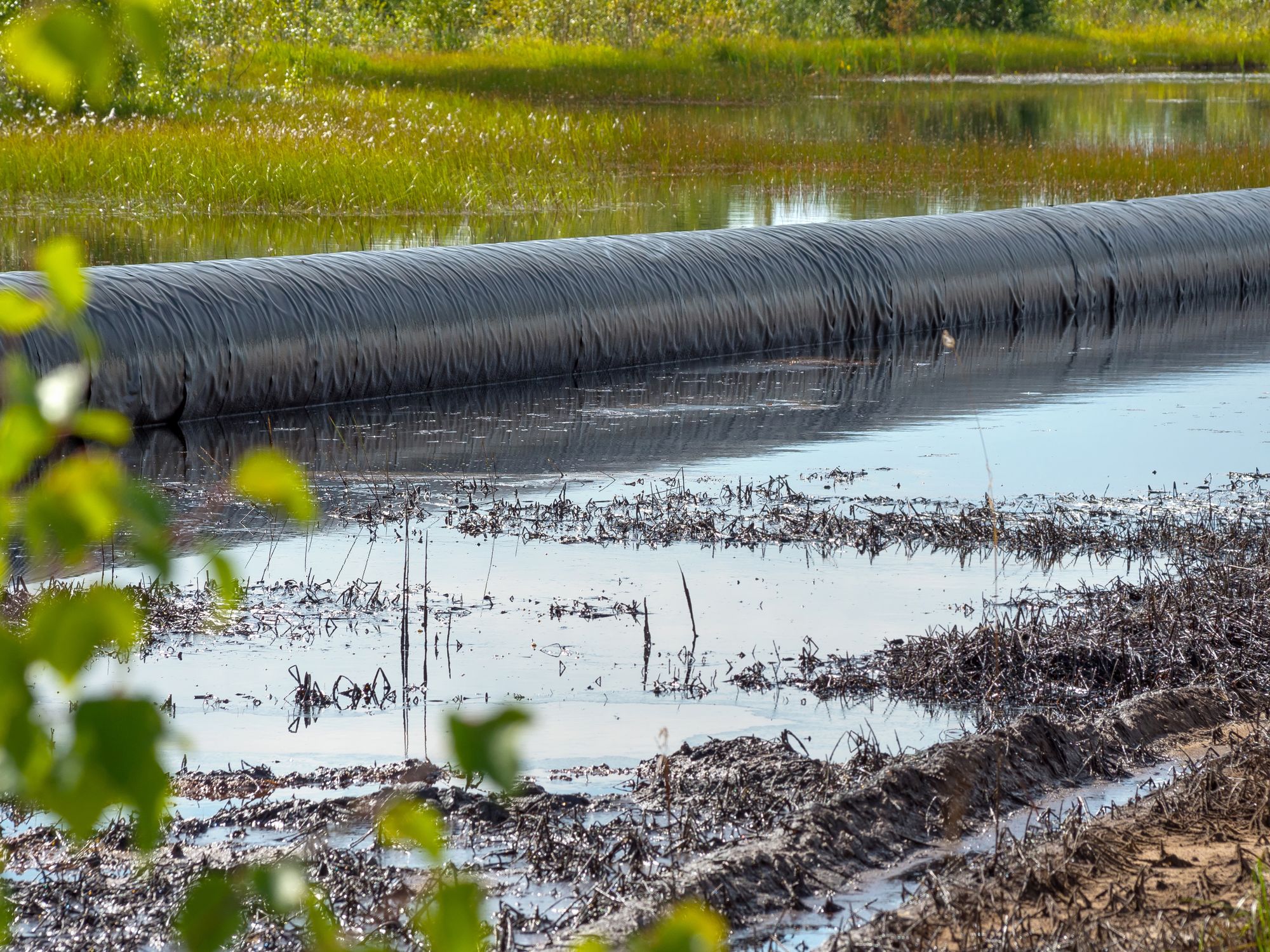InstituteWaste/HazWasteOil Spill PreventionOil Spill PreventionEnvironmentalOil SpillsEnglishAnalysisFocus AreaCompliance and Exceptions (Level 2)USA
Discharges of oil
['Oil Spill Prevention']

- Oil spills can harm waterways whether they occur at sea or at an onshore location.
When we think of oil spills (technically called oil discharges), we usually think of oil tankers spilling their cargo in oceans or seas. However, onshore facilities too may have spills that reach oceans and seas. What’s more, oil spilled on land at an onshore facility often reaches inland lakes, rivers, and wetlands, where it can also cause damage. For that reason, it’s important to plan for oil spills before they happen and make proper notifications immediately when oil spills are discovered.
